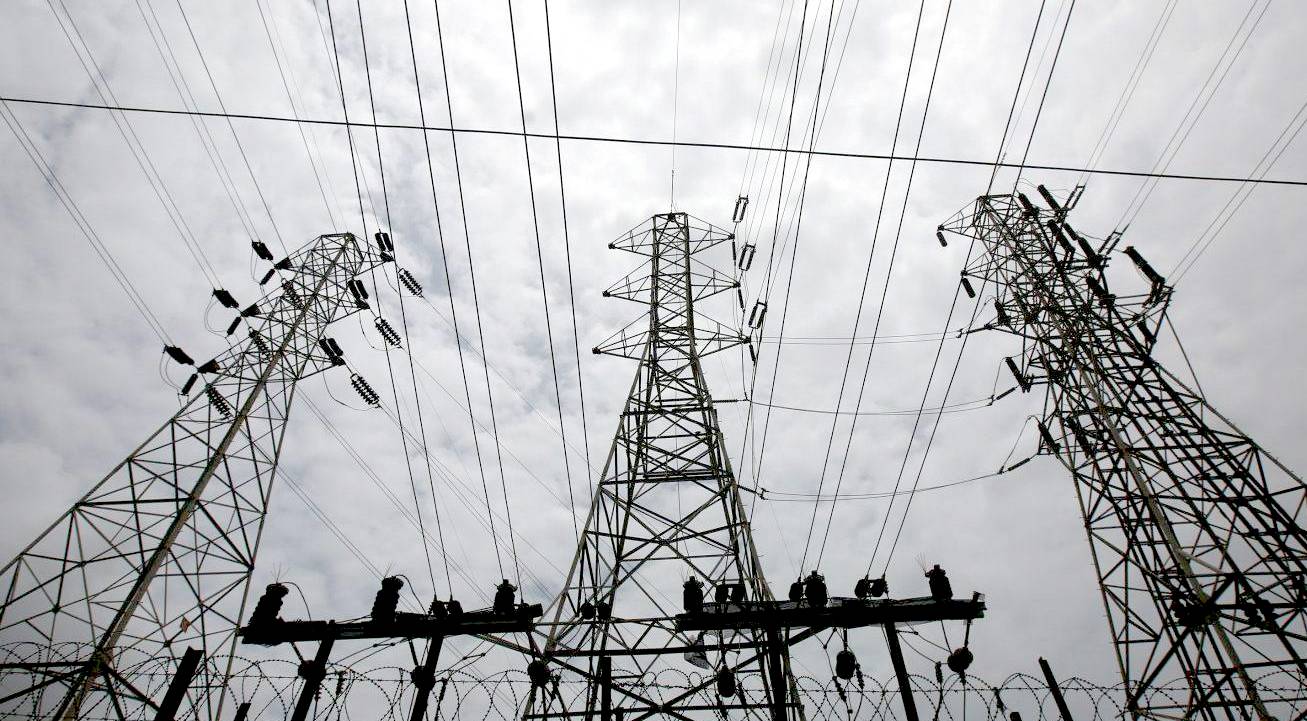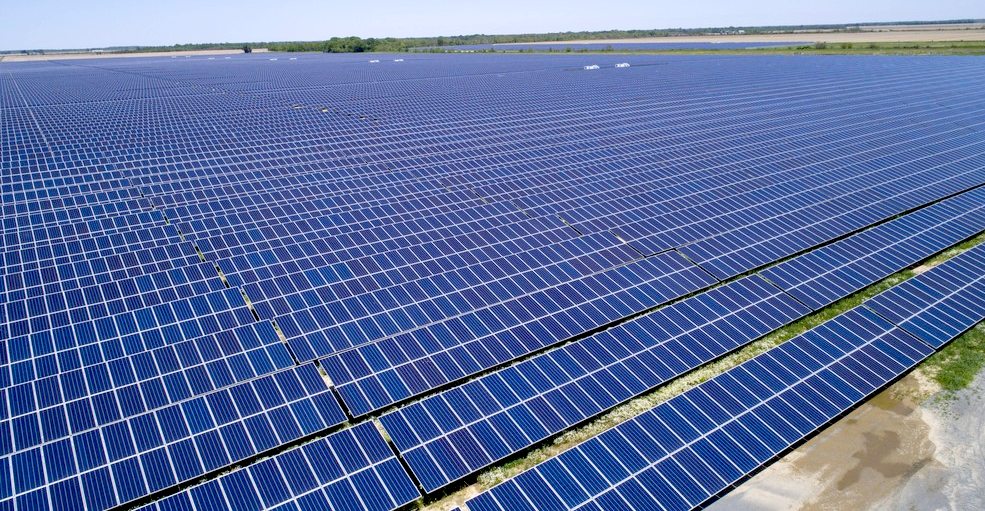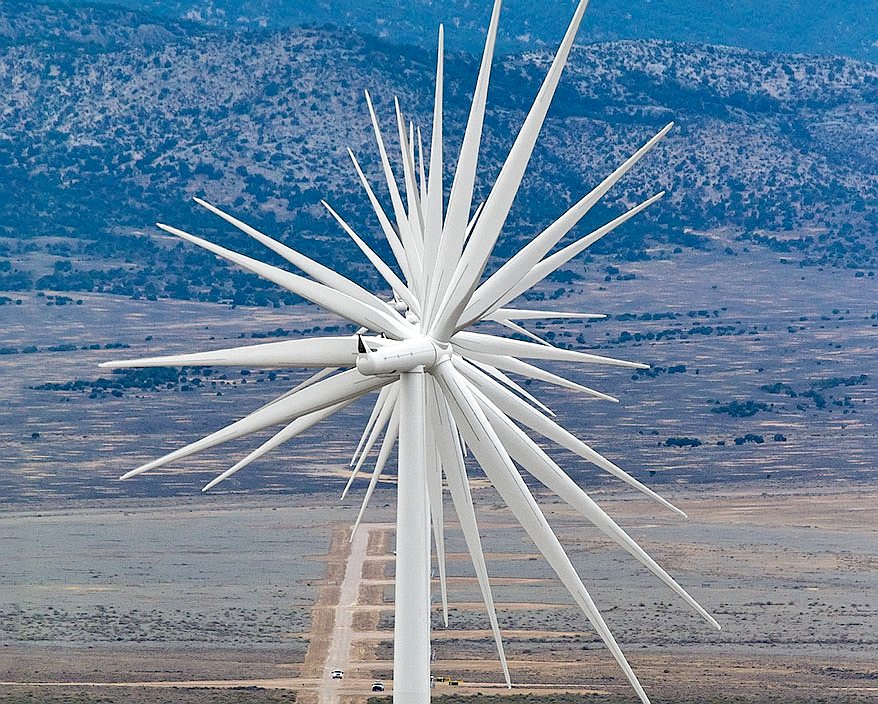|
WIND POWER
Please use our A-Z INDEX to navigate this site where page links may lead to other sites, or see HOME
|
|
|
There is an abundance of clean, renewable, wind and solar energy that can produce green hydrogen and electricity to charge vehicle batteries, but there is no transport infrastructure to support rapid energy exchanges, or smooth the supply of power for our grids.
The two most common forms of renewable energy are wind and solar power.
With the amount of solar energy that hits the world in one hour there is enough energy to power the world for one year. Solar power can be photovoltaic panels to make electricity, or evacuated tubes to concentrate light radiation to make hot water.
Wind power or wind energy is the use of air flow through wind turbines to provide the mechanical power to turn electric generators. Wind power is a sustainable and renewable alternative to burning fossil fuels, and has much less effect on the environment.
HOW MUCH ?
The global weighted average cost of newly commissioned solar photovoltaic (PV), onshore and offshore wind power projects fell in 2021. This was despite rising materials and equipment costs, given that there is a significant lag in the pass through to total installed costs.
- Globally, new renewable capacity added in 2021 could reduce electricity generation costs in 2022 by at least USD 55 billion.
- Between January and May 2022 in Europe, solar and wind generation, alone, avoided fossil fuel imports of at least USD 50 billion.
Please use our A-Z INDEX to navigate this site
This website is provided on a free basis to promote zero emission transport from renewable energy in Europe and Internationally. Copyright © Universal Smart Batteries and Climate Change Trust 2024. Solar Studios, BN271RF, United Kingdom.
|


